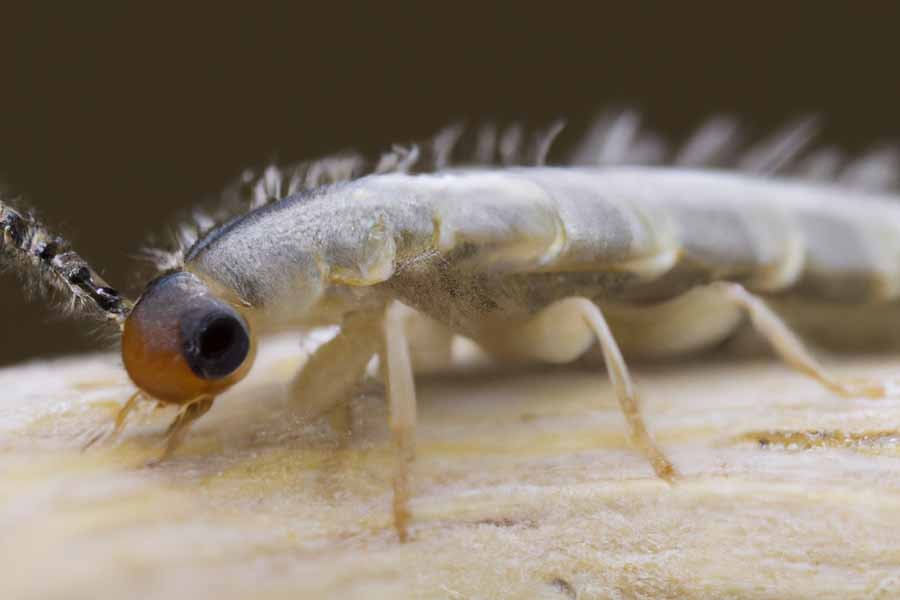
In the Great Lakes region of North America, lampricides are chemical compounds used to control invasive sea lampreys (Petromyzon marinus), parasitic fish native to the Atlantic Ocean.
Freshwater lamprey larvae feed on other fish’s blood and body fluids and are killed by lampricides. In addition to protecting native fish species, lampricides support ecosystem health. Targeted lampricides are applied to infested streams and tributaries to minimize impacts on non-target species.
There are several types of lampricides:
There are several types of lampricides that are used to control sea lamprey populations in the Great Lakes region of North America. These include:
This is a newer formulation of Bayluscide that is made into granules, which can be applied directly to streams or mixed with water to form a liquid formulation.
It is also used to control sea lamprey populations. It comes in granular or liquid formulations. By blocking the uptake of nutrients, bayluscide kills lamprey larvae.
This is a newer formulation of Bayluscide that is made into granules, which can be applied directly to streams or mixed with water to form a liquid formulation.
The use of gasoline as a means of killing sea lamprey larvae has been used in the past, but it has no longer been used due to its harmful effects on the environment.
Used of Lampricides
Lampricides are typically applied in a targeted manner to specific areas of infested streams and tributaries, where they kill sea lamprey larvae. The exact application method and rate of lampricide application can vary depending on the specific type of lampricide being used and the conditions of the stream or tributary. In some cases, They are applied as granules or liquid formulations, while in other cases, they may be delivered via specially designed distribution equipment or delivered in a gas form.
Here are some additional points to know about lampricides:

01. They are used to control sea lamprey populations in freshwater streams and tributaries, particularly in the Great Lakes region of North America. The use of lampricides is an important tool in the management of sea lamprey populations, which are invasive and can cause significant ecological and economic harm.02. Before lampricides are applied, the affected stream or tributary may be surveyed to determine the extent and severity of the sea lamprey infestation.03. Control methods often include barriers, traps, and physical removal of lamprey adults, as well as lampricides. Lampricide applications should be monitored carefully to ensure their effectiveness and environmental impact.
Some common steps of lampricides
The application of lampricides to control sea lamprey populations in freshwater streams and tributaries typically involves several steps, including:
- Pre-treatment surveys
- Notification and public awareness
- Application of lampricides
- Post-treatment surveys
- Follow-up treatments
- Monitoring and evaluation
